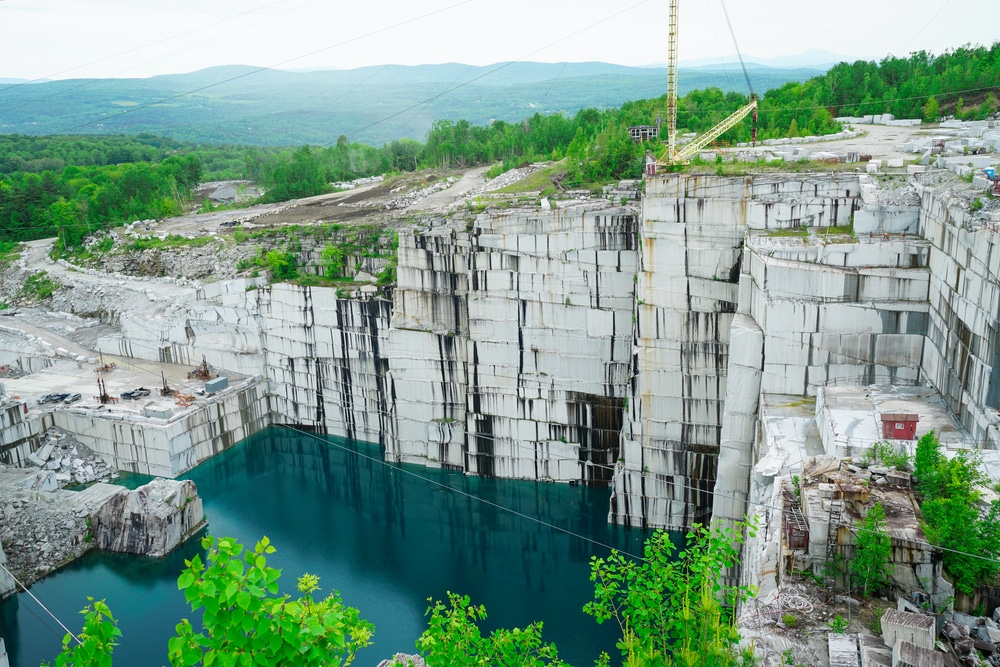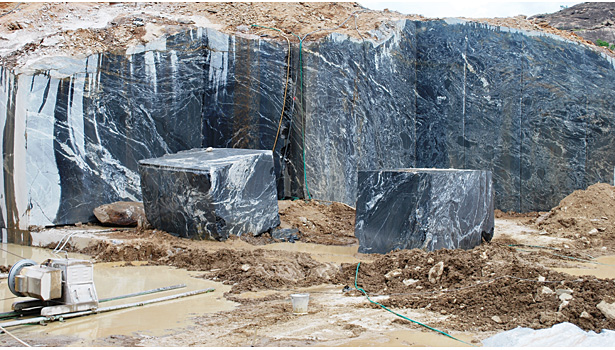Travelling With Granite Quarries in South Africa: A Visual Odyssey
Travelling With Granite Quarries in South Africa: A Visual Odyssey
Blog Article
Introducing the Mysteries of Granite Quarrying: Where Strength and Sophistication Meet
The globe of granite quarrying is a realm where the raw stamina of nature merges with human artistry to produce frameworks that stand the examination of time with an air of style. From the depths of quarries to the precise sprucing up in workshops, the procedure of changing granite into architectural wonders is an intricate dancing of tradition and development. As we peer right into the midsts of this old craft, we start to reveal the hidden complexities that shape the very essence of our developed setting.
The Beginnings of Granite Quarrying
In the record of building background, the beginnings of granite quarrying are shrouded in a tapestry of old workmanship and geological wonders. Going back to old Egypt and Mesopotamia, the removal of granite from quarries noted the start of a trip that would at some point lead to the creation of some of the world's most iconic structures.
Granite quarrying's roots can be mapped to the experienced craftsmens that identified the rock's longevity and visual allure. Via a mix of primitive tools and sheer determination, these early quarry employees unearthed granite blocks that would come to be the foundation of human beings.
As people progressed, so did the methods of quarrying granite. The Romans, renowned for their engineering prowess, created innovative techniques for drawing out granite to create monuments, temples, and roadways that stood the test of time.
The legacy of these old quarrying techniques continues to shape modern-day design, with granite continuing to be a sign of toughness and sophistication in construction projects around the world. (granite quarries in south africa)
Tools of the Quarrying Trade
The evolution of granite quarrying strategies from old people to modern-day times highlights the important function played by the devices of the quarrying trade in shaping the sector's techniques. In ancient times, quarrying tools were fundamental, usually containing knives, hammers, and wedges made from products like bronze or iron. These tools needed significant workforce and time to remove granite blocks from quarries.

In addition, the intro of pneumatically-driven devices and high-powered equipment has actually substantially minimized the physical labor called for in quarrying procedures, improving worker safety and security and efficiency. As the quarrying market remains to innovate, Learn More the tools of the profession continue to be at the center of driving development and shaping the future of granite extraction.
Extracting Blocks of Granite
Utilizing accuracy machinery and progressed methods, the extraction of granite blocks from quarries has actually become an advanced procedure in the modern-day quarrying industry. Managed blowing up methods are after that used to damage apart the granite right into convenient sections.

Polishing and Finishing Strategies
To achieve a flawless surface area on granite blocks, skilled artisans utilize a series of meticulous polishing and finishing methods. After the preliminary extraction and forming procedures, the granite blocks go through a thorough polishing stage to boost their natural charm and longevity.
In addition to polishing, finishing techniques are applied to additional improve the granite's look. By very carefully choosing and applying these polishing and ending up strategies, craftsmens can transform raw granite blocks right into exquisite items that display both stamina and beauty.

Ecological Influence and Sustainability
With the expanding emphasis on ecological consciousness in the sector, granite quarrying techniques are significantly scrutinized for their effect on all-natural sources and long-lasting sustainability. In addition, the transportation of granite from quarries to refining facilities generates carbon emissions, better contributing to ecological deterioration.
To minimize these effects and ensure sustainability in granite quarrying, market stakeholders are embracing numerous steps. Executing innovative technologies to minimize energy More Help consumption and water use, recovering quarried land for environmental restoration, and advertising responsible sourcing methods are some approaches being employed. Certifications such as the Woodland Stewardship Council (FSC) and the Management in Energy and Environmental Design (LEED) help customers identify environmentally pleasant granite items.
Conclusion
To conclude, granite quarrying is a process that requires specialized devices and techniques to remove blocks of granite and polish them to a high degree of surface. While the environmental impact of quarrying try this can be substantial, efforts are being made to improve sustainability methods in the industry. Generally, granite quarrying is a delicate equilibrium between using the stamina and style of this natural rock while reducing its influence on the atmosphere.
Report this page